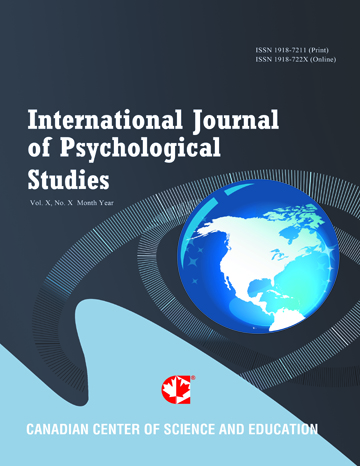Modeling Nonlinear Transfer Functions from Speech Envelopes to Encephalography with Neural Networks
- Tobias de Taillez
- Florian Denk
- Bojana Mirkovic
- Birger Kollmeier
- Bernd T. Meyer
Abstract
Diferent linear models have been proposed to establish a link between an auditory stimulus and the neurophysiological response obtained through electroencephalography (EEG). We investigate if non-linear mappings can be modeled with deep neural networks trained on continuous speech envelopes and EEG data obtained in an auditory attention two-speaker scenario. An artificial neural network was trained to predict the EEG response related to the attended and unattended speech envelopes. After training, the properties of the DNN-based model are analyzed by measuring the transfer function between input envelopes and predicted EEG signals by using click-like stimuli and frequency sweeps as input patterns. Using sweep responses allows to separate the linear and nonlinear response components also with respect to attention. The responses from the model trained on normal speech resemble event-related potentials despite the fact that the DNN was not trained to reproduce such patterns. These responses are modulated by attention, since we obtain significantly lower amplitudes at latencies of 110 ms, 170 ms and 300 ms after stimulus presentation for unattended processing in contrast to the attended. The comparison of linear and nonlinear components indicates that the largest contribution arises from linear processing (75%), while the remaining 25% are attributed to nonlinear processes in the model. Further, a spectral analysis showed a stronger 5 Hz component in modeled EEG for attended in contrast to unattended predictions. The results indicate that the artificial neural network produces responses consistent with recent findings and presents a new approach for quantifying the model properties.- Full Text:
 PDF
PDF
- DOI:10.5539/ijps.v11n4p1
Journal Metrics
1. Citations (March 2025): 10975
3. i10-index (March 2025): 233
For details about the Journal Metrics, please visit the Google Scholar website.
Index
- AcademicKeys
- CNKI Scholar
- Elektronische Zeitschriftenbibliothek (EZB)
- Excellence in Research for Australia (ERA)
- GETIT@YALE (Yale University Library)
- Harvard Library E-Journals
- JournalSeek
- JournalTOCs
- LOCKSS
- MIAR
- Open Access Journals Search Engine(OAJSE)
- Open J-Gate
- PKP Open Archives Harvester
- SHERPA/RoMEO
- Standard Periodical Directory
- The Keepers Registry
- UCR Library
- Ulrich's
- Universe Digital Library
- WorldCat
Contact
- Barbara SunEditorial Assistant
- ijps@ccsenet.org
